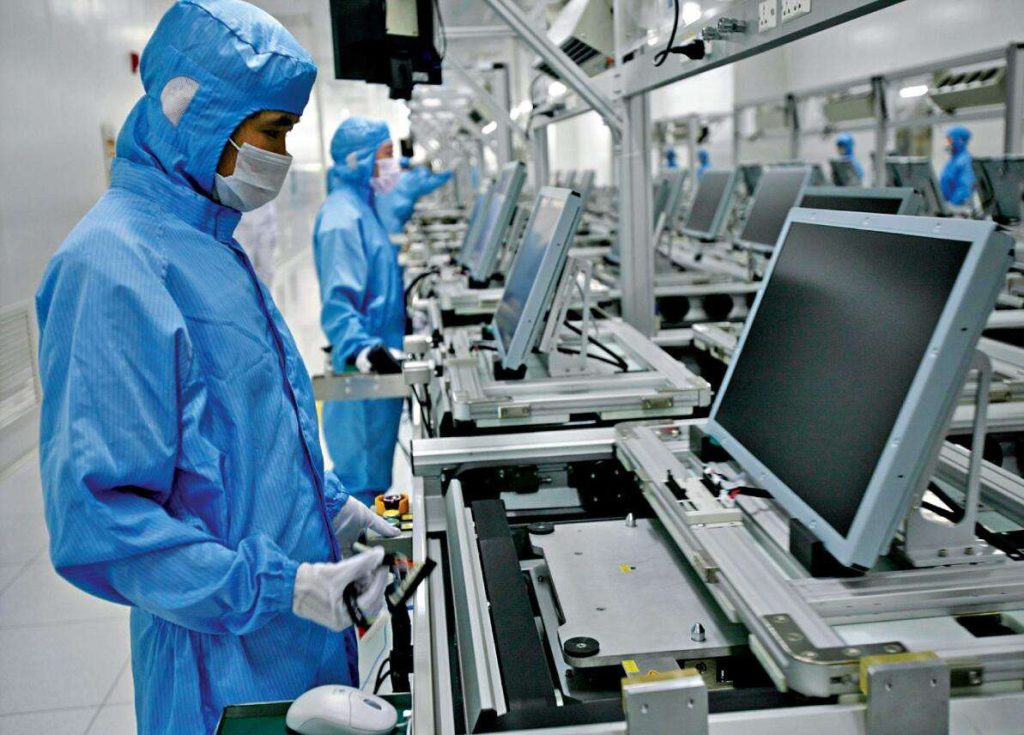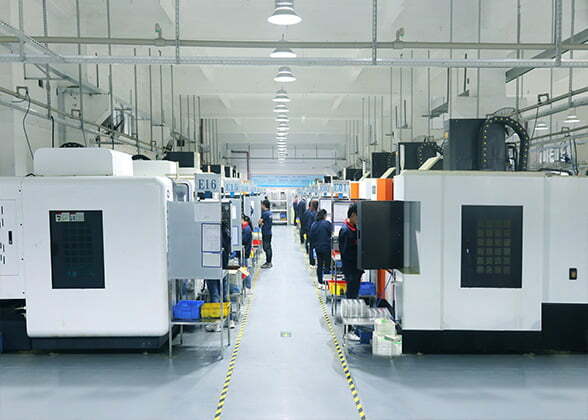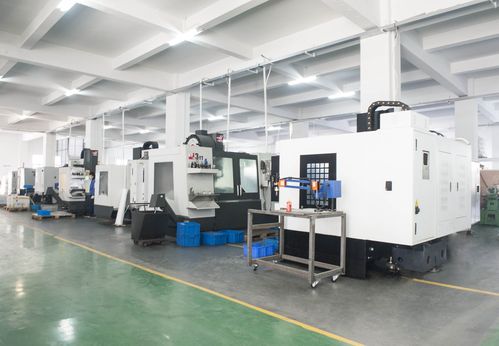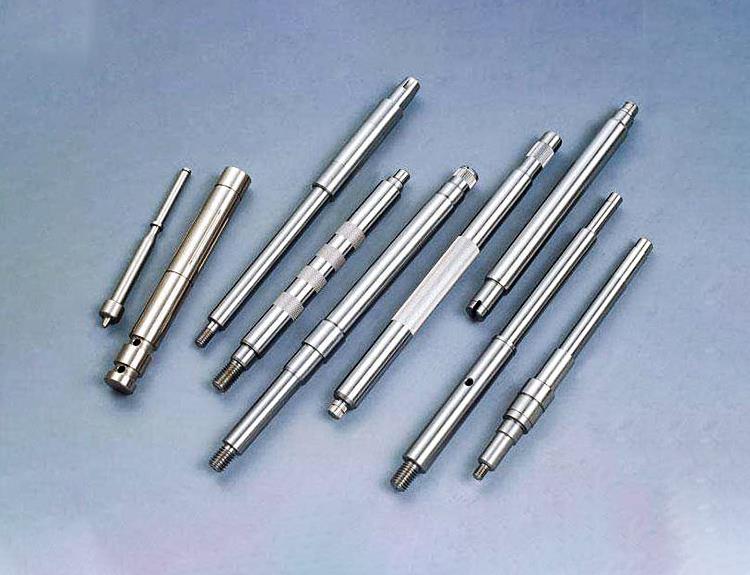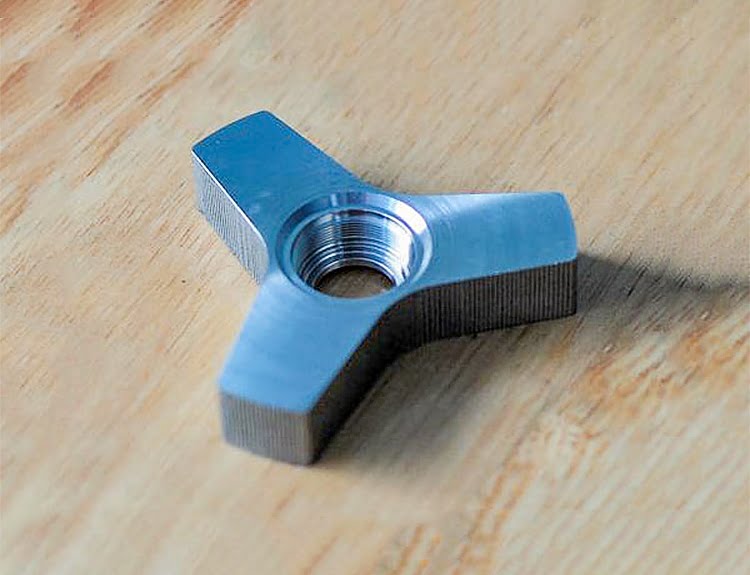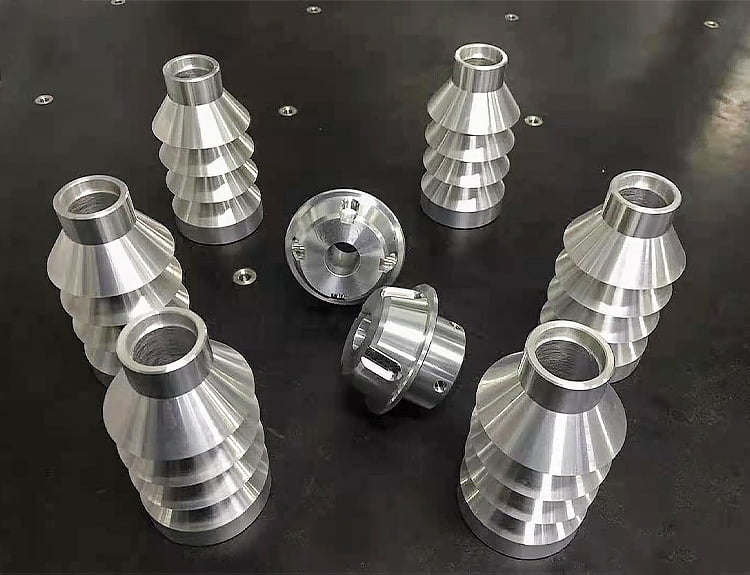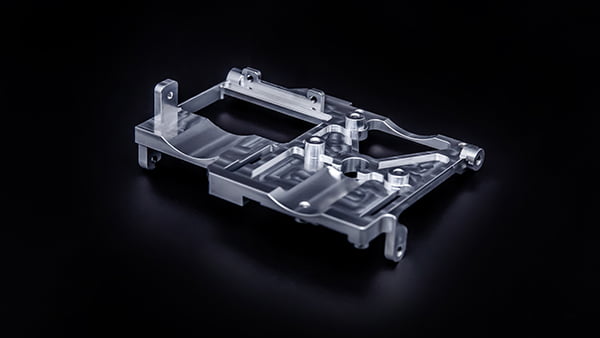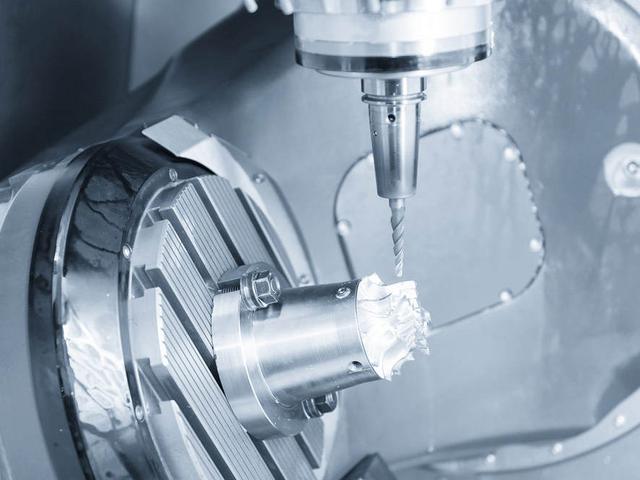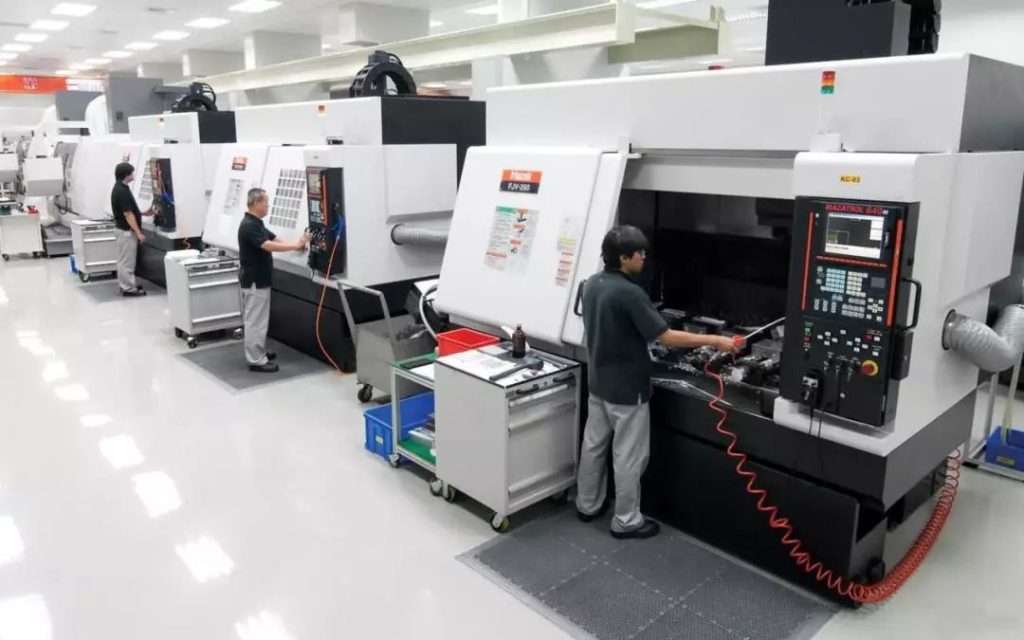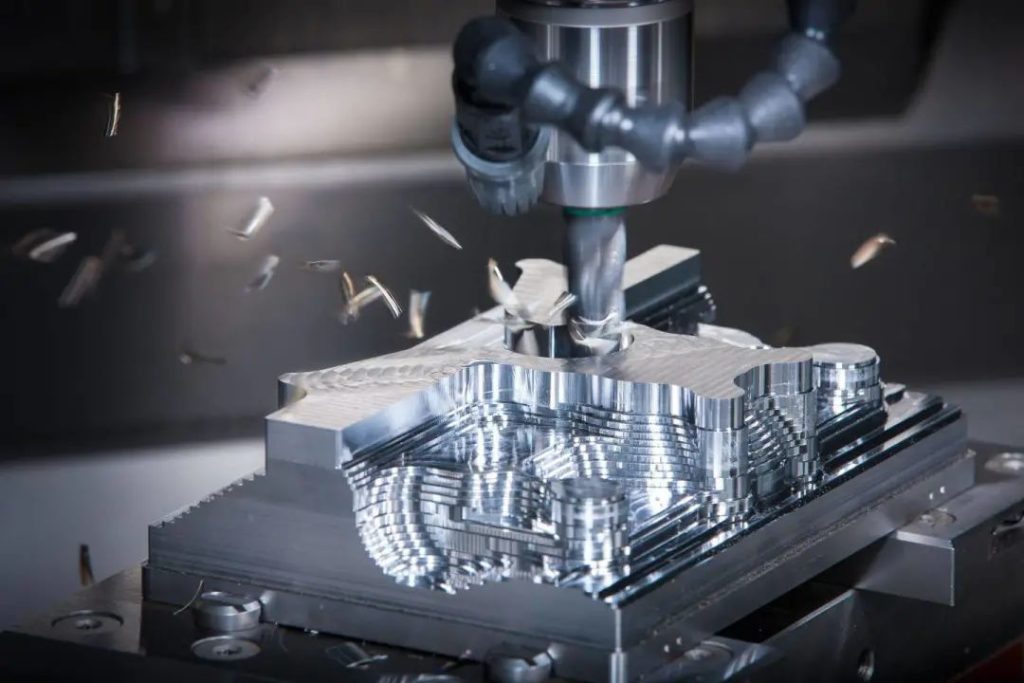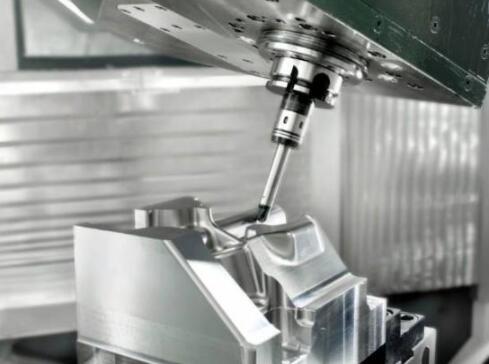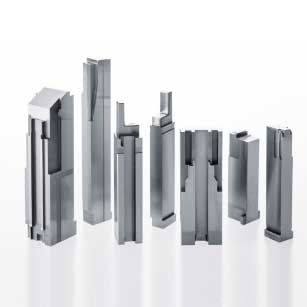Properties and uses of molybdenum
The properties of molybdenum
Molybdenum is a shiny silver metal with a melting point of 2620°C and a boiling point of 5560°C. Molybdenum has high strength and stiffness, and is not easy to soften when the temperature increases, so molybdenum is one of the best performance under fire conditions. These properties are enhanced by excellent thermal conductivity and low thermal expansion.
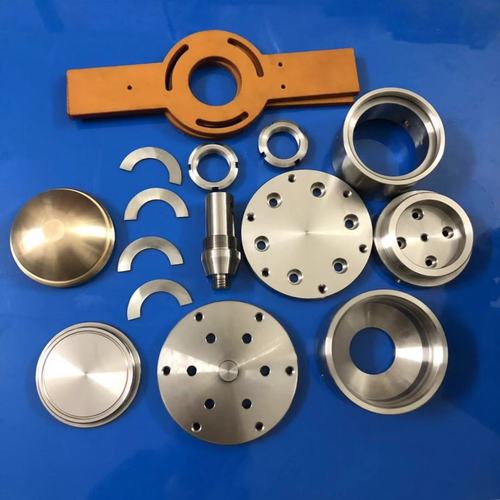
The manufacture of molybdenum
Molybdenum is a versatile material that is commonly used in many markets. This dynamic range of properties is aided by the workability of the material. Components made of pure molybdenum and its alloys can be designed through a range of techniques, including:
- Manufacture of additives
- Powder metallurgy
- Arc melting - extrusion
- Stamping and deep drawing
- The application of molybdenum
These techniques are widely used to fabricate plates and tubes for fabrication of ultra-thin molybdenum coatings, radiators, crucible, furnace lining, and refractory electrodes.

Molybdenum is the most commonly used refractory metal, a class of elements known for their exceptional mechanical strength and extremely high melting point. Pure molybdenum is a dense silver-white metal with a melting point of 2622 degrees Celsius. In addition to its high melting point, molybdenum has many other desirable properties, including corrosion resistance, high electrical conductivity, high thermal conductivity, and a useful linear expansion coefficient over a wide temperature range.
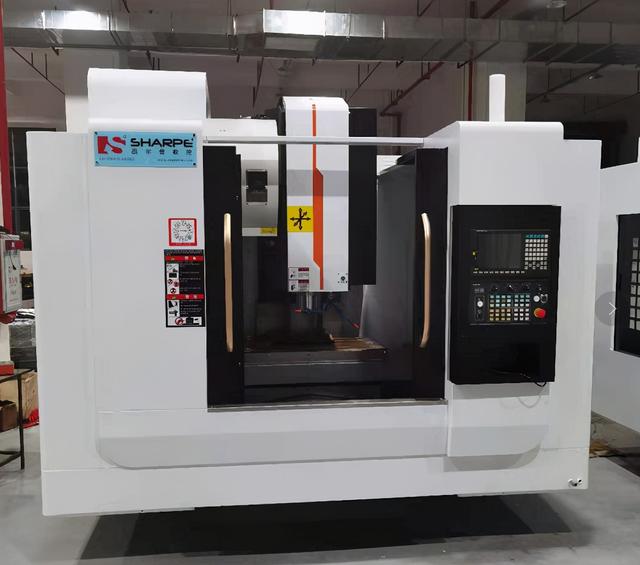
Molybdenum and its alloys are very versatile and can be processed through a range of technologies, including additive manufacturing, powder metallurgy, arc smelting, electron beam smelting, extrusion, forging, and hot and cold rolling.
This makes it an ideal engineering material. Molybdenum can be used in its pure form and is also commonly combined with other materials such as copper and titanium to form a range of high-performance materials.
Glass melting electrode
In the 1950s, researchers discovered that molten glass could conduct electricity. This led to the development of electric furnaces, in which electrodes immersed in a melt transfer heat to the melted glass through an electric current.

Glass melting electrodes are exposed to extremely high temperatures and corrosive chemical conditions. Subsequently, molybdenum became an ideal material for early electric furnaces, showing the requirements of heat resistance, corrosion resistance and high electrical conductivity. Other materials such as platinum, tin oxide, carbon, and nickel alloys (e.g., Inconel) have limited use in glass melting electrodes, but these materials are brittle at the required temperatures and have low strength.
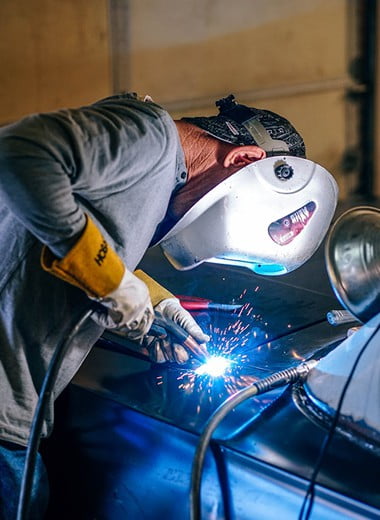
Molybdenum remains the material of choice for today's electric boost and gas furnaces, sometimes with the addition of small amounts of zirconium alloys to improve corrosion resistance. Advanced coatings even allow molybdenum-based materials to heat up in the air without oxidizing.

